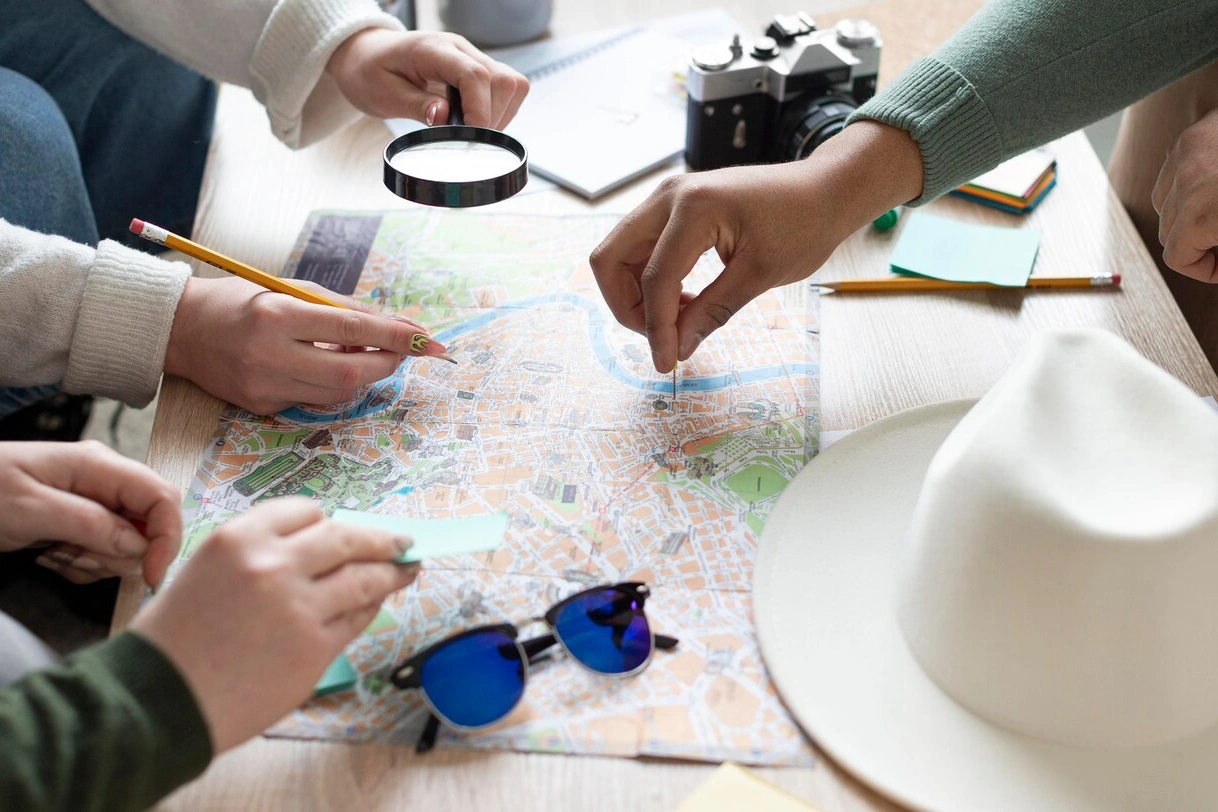Planning a multi-destination trip is an exciting challenge that allows you to explore more than one place during a single vacation. Whether you’re hopping between cities, countries, or continents, a well-organized plan can help you make the most of your time and create lasting memories. Here’s your guide to planning the perfect multi-destination journey.
1. Define Your Travel Goals
Start by deciding what you want to experience during your trip. Are you seeking adventure, relaxation, culture, or history? Do you want to explore different landscapes, or dive deep into the local lifestyle of each place? Knowing your priorities will help you choose destinations that align with your interests and make the trip more enjoyable.
2. Research and Choose Destinations Wisely
Pick destinations that are geographically close to each other or well-connected by affordable and convenient transportation options. If you’re visiting several countries, consider their visa requirements, language barriers, and flight availability. Look for places that offer unique experiences to make each stop feel like a new adventure.
3. Plan the Route and Travel Logistics
Map out your route and the best way to get from one destination to the next. Depending on the distance between cities or countries, consider options like budget flights, trains, buses, or even road trips. If you’re traveling within Europe, trains may be an ideal way to cover multiple cities, while flying might be more efficient for longer distances like from Asia to Europe.
4. Set a Realistic Itinerary
It’s tempting to cram in as many destinations as possible, but overloading your schedule can lead to travel burnout. Allocate enough time in each place to explore and relax. A good rule of thumb is to spend at least two or three full days in each destination. Factor in travel time and rest days, so you don’t feel rushed.
5. Book Accommodations in Advance
Secure your accommodations early to get the best rates and avoid last-minute stress. Depending on your budget and preferences, you can choose from hotels, hostels, boutique stays, or vacation rentals. Make sure each location has easy access to transport hubs and popular attractions to save time and money.
6. Consider Local Transportation
When visiting multiple destinations, transportation options can vary widely. Research local transit systems, taxis, rideshare apps, or car rentals to get around once you’re there. For city-to-city transfers, check out intercity buses, trains, or budget airlines, which often offer deals for travelers.
7. Pack Light and Smart
Packing for a multi-destination trip means you’ll need to be strategic with your luggage. Pack versatile clothing that can be mixed and matched, and keep the weather in mind for each location. Consider a carry-on to avoid luggage fees and hassle. Remember to leave space for any souvenirs you might pick up along the way.
8. Embrace Flexibility
While it’s important to have a plan, some of the best travel moments come from spontaneous decisions. Allow some flexibility in your itinerary to explore unexpected attractions or extend your stay in a city you fall in love with.
9. Prepare for Different Cultures and Time Zones
If your trip spans multiple countries or regions, be prepared for cultural differences, local customs, and time zone changes. Adjust your watch or phone settings to avoid confusion with time and remember to stay respectful of local traditions. It’s also wise to have local currencies, or at least know how to access cash, when traveling internationally.
10. Make Use of Travel Apps
There are several apps that can help you stay organized and on track during your multi-destination trip. Use apps like Google Maps, TripIt, or Rome2Rio for navigation, itinerary management, and route planning. Currency converters, translation apps, and weather updates will also come in handy as you move between locations.
Final Thoughts
A multi-destination trip offers the opportunity to experience different cultures, landscapes, and adventures all in one go. With careful planning and a little flexibility, you can make the most of your journey and create a memorable experience that covers much more than just one place.


0 Comment